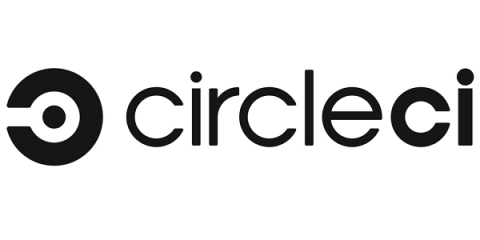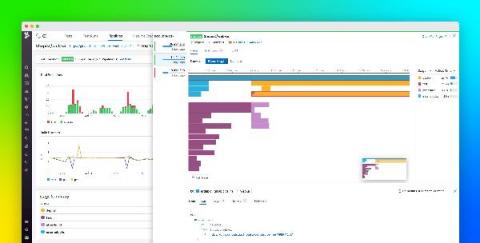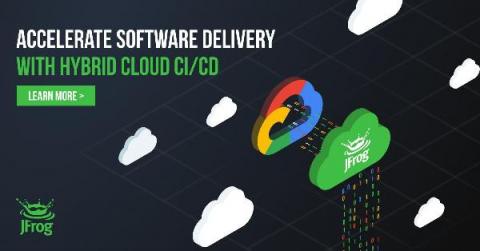Operations | Monitoring | ITSM | DevOps | Cloud
Latest News
JFrog and Vdoo: Better Together
Monitor your CI pipelines and tests with Datadog CI Visibility
Datadog CI Visibility, now available in beta, provides critical visibility into your organization’s CI/CD workflows. CI Visibility complements Datadog’s turn-key CI provider integrations and the integration of synthetic tests in CI pipelines to give you deep insight into key pipeline metrics and help you identify issues with your builds and testing.
How Converting to YAML Build Pipelines Can Help Engineering Teams Be More Efficient
Clojure microservices for JavaScript developers part 2
This series was co-written by Musa Barighzaai and Tyler Sullberg. In the previous post, we explored high-level differences between thinking in Clojure compared to thinking in JavaScript. We are now ready to start building our first Clojure microservice. The microservice we are going to build will be very simple. It will be an HTTP server that uses a Redis data store to count how many times a given IP address has pinged the /counter endpoint.
Clojure microservices for JavaScript developers part 3
This series was co-written by Tyler Sullberg and Musa Barighzaai. This is the third and final post in a series of posts for JavaScript developers about how to set up Clojure microservices. The previous posts were: Those previous posts are useful context, but you can clone the repo and jump into this post without reading them.
"Accelerate" your team with Sleuth
The larger your team grows and the faster your teams move, the harder it is for engineering leaders to find trust but verify moments, the moments where you should dig in and make sure your team's health is improving. Imagine a world where all your engineering tools are working together such that accurate and insightful trust but verify moments come to you. Imagine a world where you have the finest Sleuth in the world, working just for you.
Clojure microservices for JavaScript developers
This series was co-written by Tyler Sullberg and Musa Barighzaai. CircleCI is growing, which is wonderful. However, one of the growth challenges we have is that our backend is primarily written in Clojure, and few developers know Clojure. Many CircleCI engineers, including myself, have learned Clojure on the job. Before joining CircleCI, I was a JavaScript developer. As the lingua franca of software engineers, JavaScript is a relatively straightforward language to learn.











